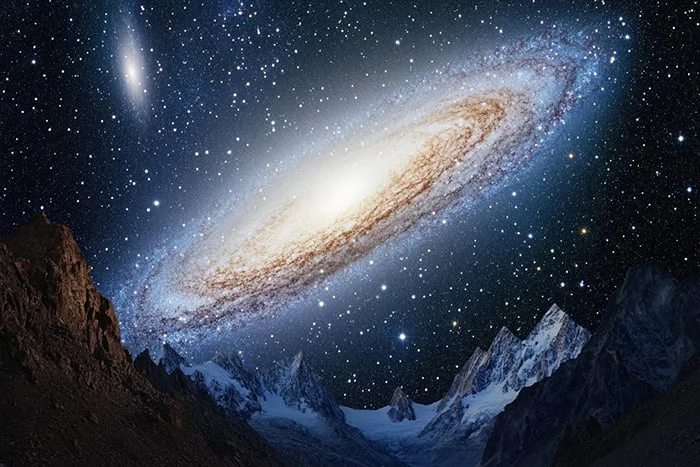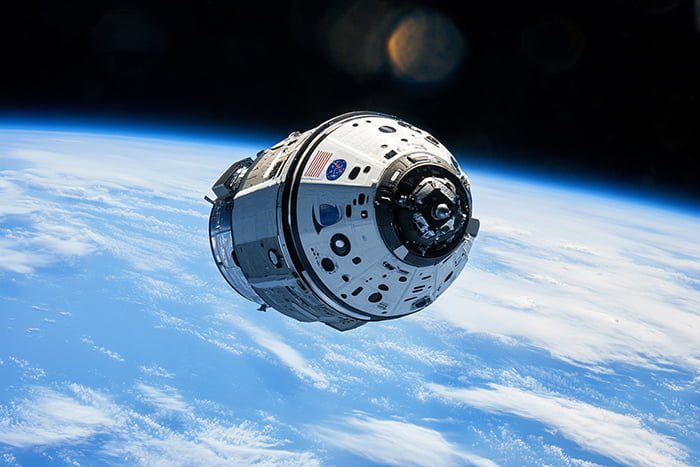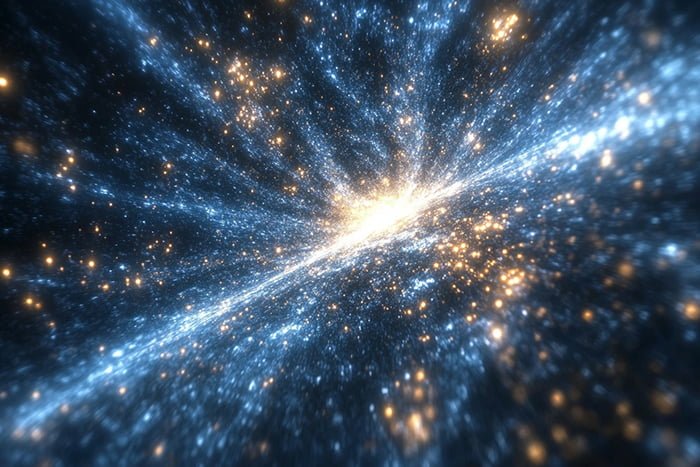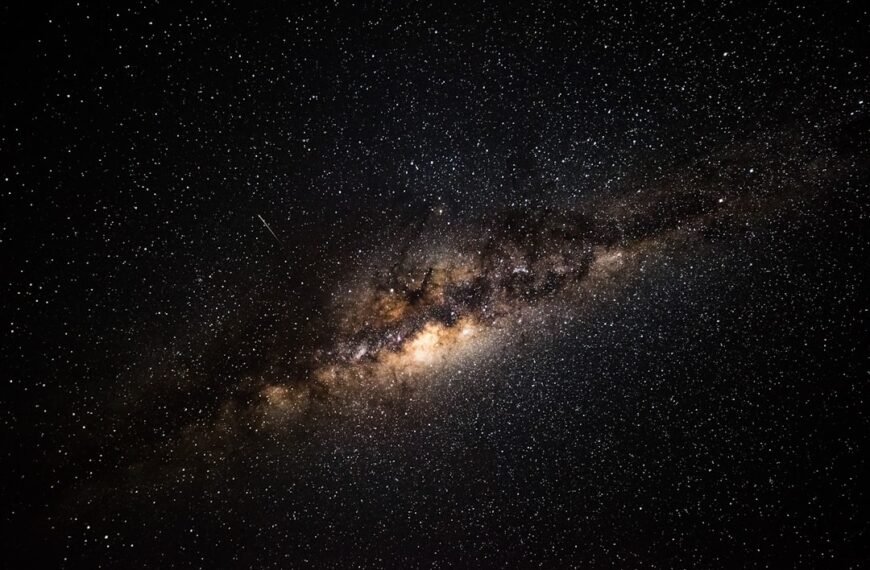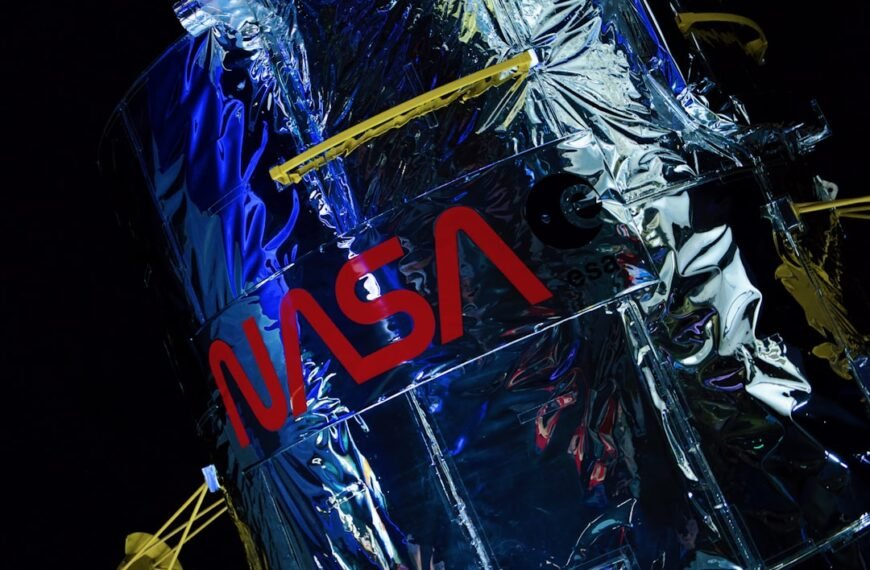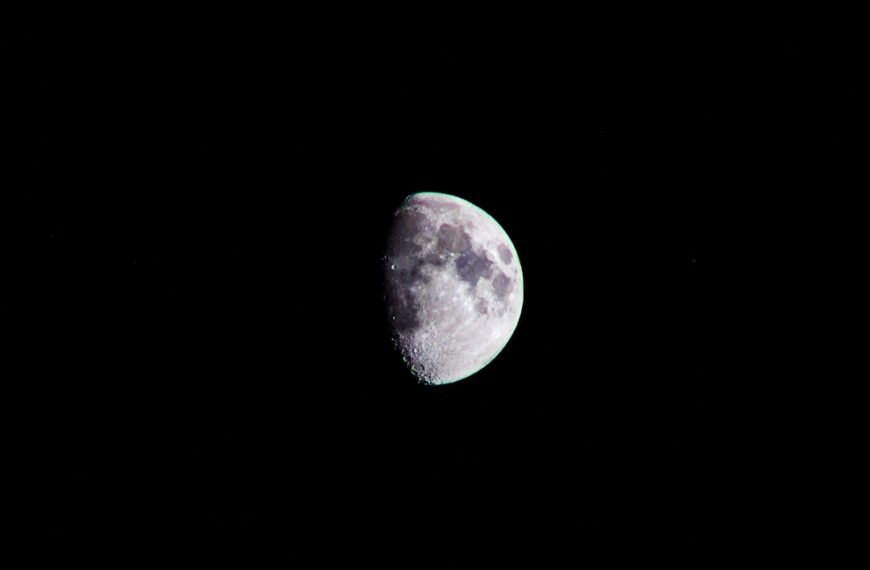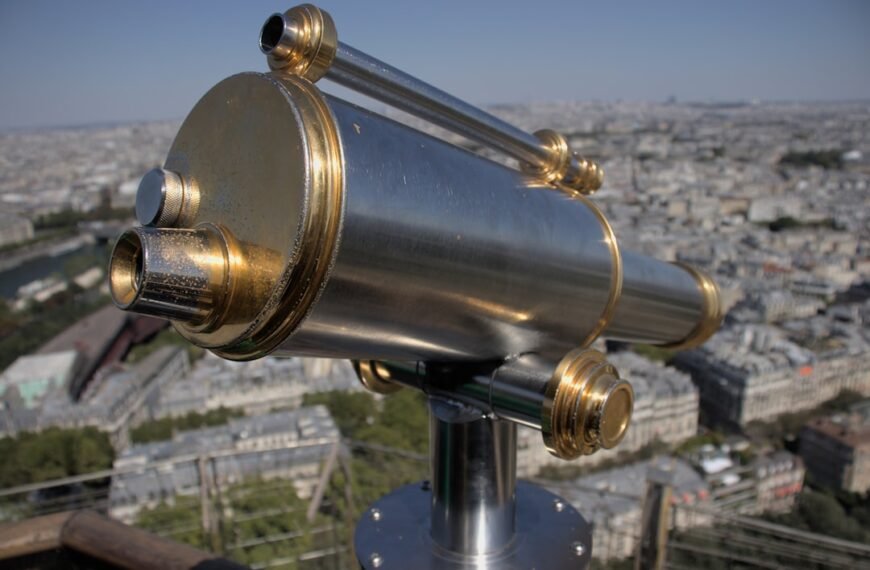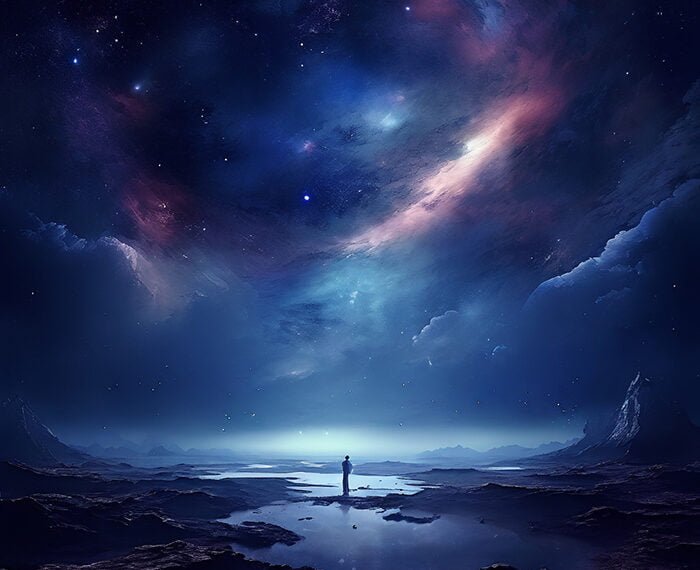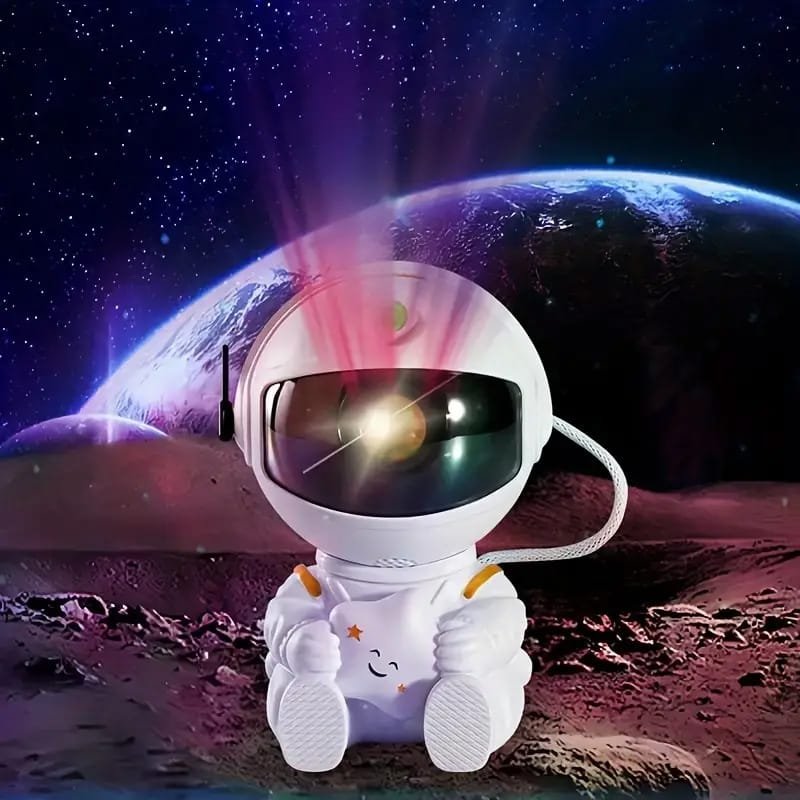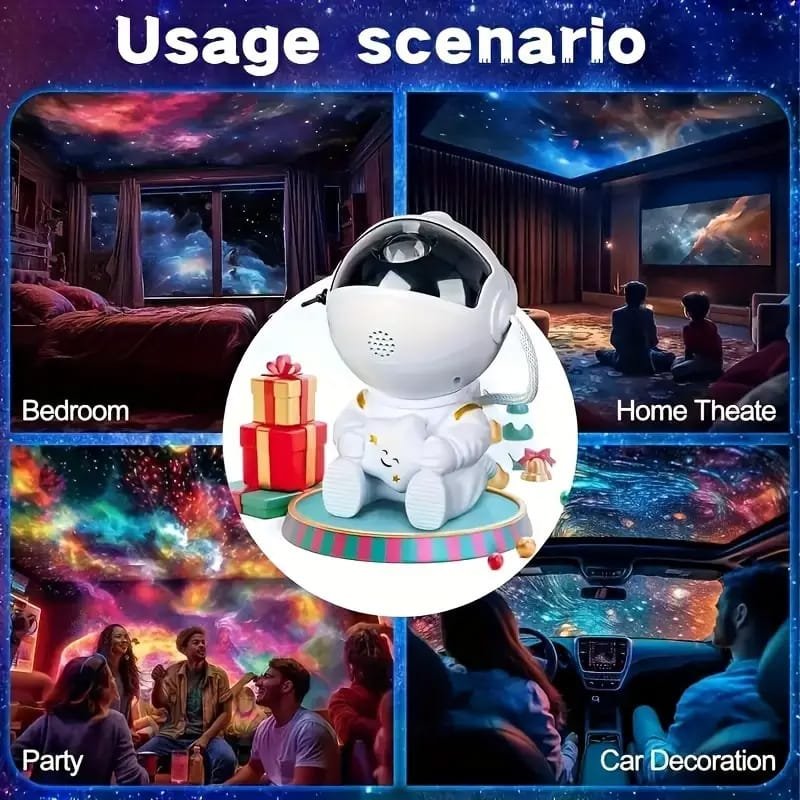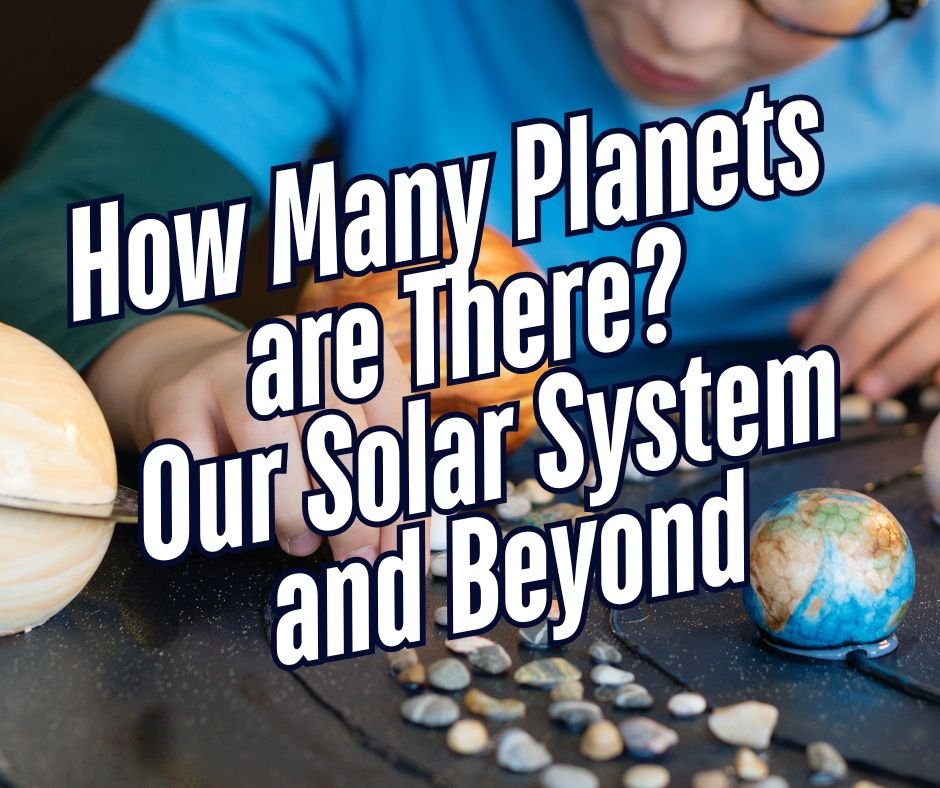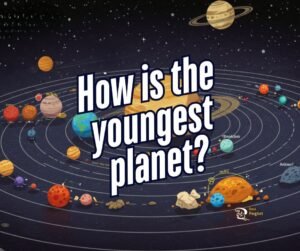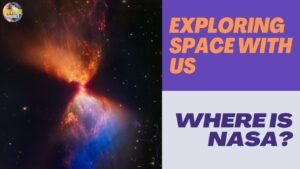Milky Way and Andromeda galaxies are on a collision course, merging in 7 billion years, sparking new star formation without threatening Earth.
The vastness of the universe holds many wonders, and one of the most fascinating is the impending merger between the Milky Way galaxy and its neighbor, the Andromeda galaxy. Despite the immense distance separating them, these two colossal structures of stars and gas are on a slow but inevitable collision course. Recent scientific discoveries indicate that some of Andromeda’s extremely fast-moving stars have already made their way into our galaxy. Furthermore, the invisible gas “halos” enveloping both galaxies are beginning to touch, signaling the early stages of their cosmic union. In approximately 4 billion years, they will pass through each other, sparking a frenzy of new star formation. Eventually, after a complex gravitational interaction, they will settle into a single, massive galaxy in about 7 billion years. While the thought of such a merger may evoke feelings of dread, rest assured that this cosmic event will not pose a threat to Earth or our solar system.
Understanding the Galactic Merger
The Andromeda Galaxy: A Closer Look
The Andromeda galaxy, also known as M31, is the closest spiral galaxy to the Milky Way and is located about 2.537 million light-years away. It is home to over a trillion stars, significantly more than the Milky Way’s estimated 200 to 400 billion stars. Andromeda’s size and mass make it a dominant force in our local group of galaxies, and its eventual collision with the Milky Way is an event that astronomers have been anticipating for decades.
The Milky Way Galaxy: Our Cosmic Home
Our Milky Way galaxy is a barred spiral galaxy that spans approximately 100,000 light-years in diameter. With its distinctive arms winding around a central bulge, it hosts a diverse array of celestial objects, including stars, planets, and nebulae. The Milky Way also contains a supermassive black hole at its center, known as Sagittarius A*, which influences the orbits of stars in its vicinity. Understanding the characteristics of our galaxy helps us appreciate the enormity of the merger with Andromeda.
The Dynamics of Galactic Collision
How Galaxies Interact
When galaxies collide, they don’t crash into each other like solid objects; instead, they interact gravitationally. The vast empty spaces between stars mean that direct collisions between stars are exceedingly rare. However, the gravitational forces exerted by each galaxy can lead to significant changes in their structures, triggering new star formation as gas clouds collapse under gravity.
The Role of Dark Matter
Both the Milky Way and Andromeda galaxies are surrounded by halos of dark matter, an invisible substance that makes up about 27% of the universe. This dark matter plays a crucial role in the dynamics of the galaxies, affecting their gravitational pull and influencing the paths of stars during the merger. As the halos begin to interact, they will create complex gravitational effects that will reshape both galaxies.
Timeline of the Milky Way-Andromeda Merger
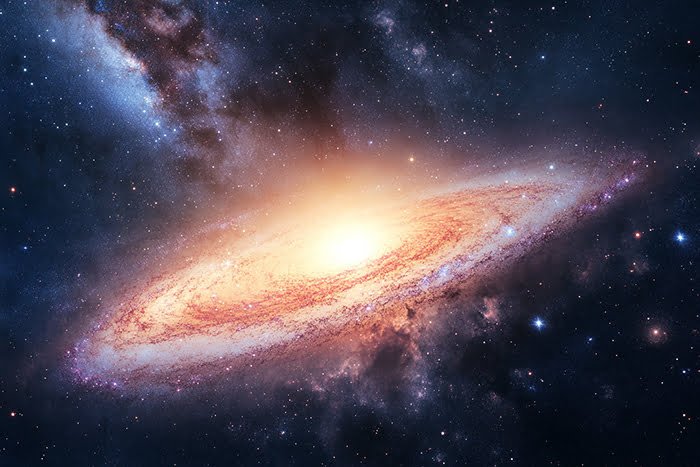
Initial Encounters: 4 Billion Years
In roughly 4 billion years, the Milky Way and Andromeda galaxies will pass through each other for the first time. This initial encounter will not result in a complete merger but will instead lead to significant gravitational interactions. As the galaxies pass, gas clouds will collide, leading to intense regions of star formation. Astronomers anticipate that this period will give birth to millions of new stars, illuminating the night sky with unprecedented brilliance.
Rebound and Resettlement: 6 Billion Years
After their first encounter, the galaxies will swing apart before being pulled back together due to their mutual gravitational attraction. This rebound phase will last for about 2 billion years, during which the galaxies will experience a tug-of-war, drawing stars and gas from each other. The gravitational dance will result in the formation of tidal tails—long streams of stars that will be flung into the surrounding space.
The Final Merge: 7 Billion Years
Ultimately, in about 7 billion years, the Milky Way and Andromeda will combine into a single, larger galaxy. This new galactic entity is sometimes referred to as “Milkomeda” or “Milkdromeda.” The merger will likely result in a mixed morphology, possibly transitioning into an elliptical galaxy as the spiral structures of both galaxies blend together.
Implications for Our Solar System
A Safe Distance
Despite the dramatic nature of this cosmic event, there is little cause for alarm regarding our solar system’s safety. The vast distances between stars mean that the likelihood of direct collisions is minimal. Additionally, the gravitational forces at play will likely alter the orbits of stars, including our own Sun, but not in a way that would endanger the planets orbiting it.
Changes in the Night Sky
As the merger progresses, the appearance of the night sky will change dramatically. New stars will illuminate regions of space that were previously dark, and the interaction of gas clouds could lead to beautiful nebulae forming. Observers on Earth, or any future inhabitants of our planet, will witness a dynamic and evolving celestial landscape.
The merging of the Milky Way galaxy and the Andromeda galaxy is a slow yet awe-inspiring cosmic dance that will unfold over billions of years. As we explore the intricacies of this event, we gain insight into the nature of our universe, the forces that shape it, and the future of our cosmic neighborhood. Understanding these processes not only deepens our appreciation for the galaxies but also reminds us of our place in the grand tapestry of existence.
As we look towards the stars, let us embrace the wonder of the universe and stay informed about our galactic neighbors. For more exciting discoveries and insights into the cosmos, be sure to follow ongoing astronomical research and developments!

